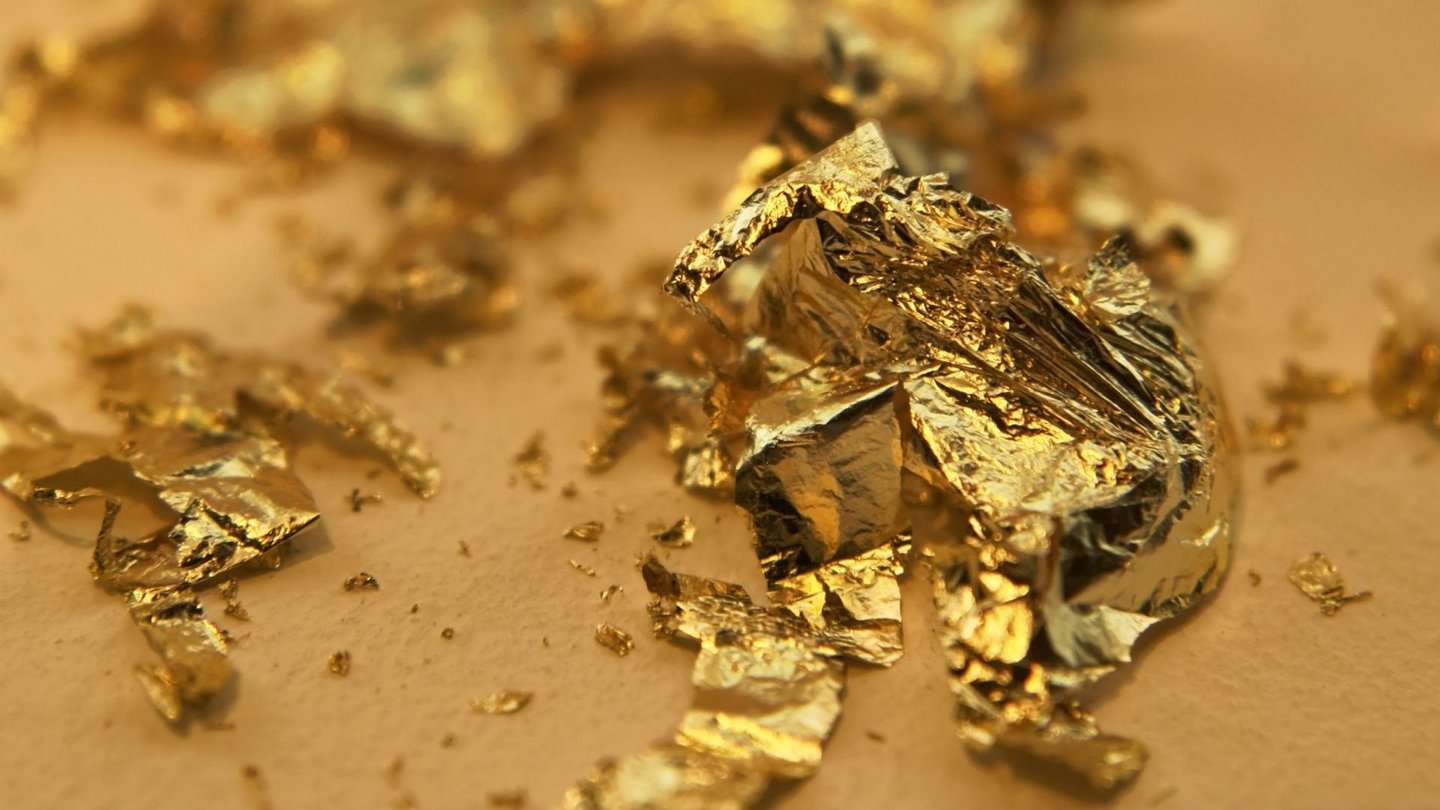Shiny, precious and resistant to corrosion: thanks to its special properties, gold always attracts a lot of attention. It is also very popular as a material – for example for paint. Now, for the first time, a research team has produced layers that are just one gold atom thick, making them the thinnest layers of gold ever produced. As the team reported in the journal Nature Synthesis, gold, which conducts electricity, becomes a semiconductor.
Ultrathin materials often exhibit surprising properties that differ from those found in 3D objects of the same material. The most famous example is graphene, a layer made of the element carbon, which is also one atom thin and is electrically conductive and extremely stable. Such flat materials bearing the names of borophene, galen, and silicene can also be produced from the elements boron, gallium, or silicon. In order to produce such a layer of gold, which is less than a millionth of a millimeter thick, the team led by Shun Kashiwaya from the Department of Materials Design at Linköping University had to take a complex synthetic route.
“Golden” – material released in a complex process
Production of gold in the laboratory
As a starting point, the team chose titanium silicon carbide, an electrically conductive ceramic material. A thick layer of gold was deposited on top. It was heated to 670°C for twelve hours, and the gold atoms entered the ceramic and gradually replaced the silicon it contained: titanium gold carbide was created.
The next step was to reveal the embedded gold layer. To do this, the researchers used a liquid that slowly etches the overlying carbide layer and removes the thin 2D layers of gold. However, this process was only carried out successfully in complete darkness – because when exposed to light, the gold reacts directly with the corrosive liquid. Finally, the separate layers of gold were fixed in a kind of soapy liquid. In this way, Kashiwaya and his team prevented the thin gold layers from clumping again to form thicker material samples.
The team named the resulting layers, which are just one atom thick, “golden” – based on the graphene model. Initial measurements on gold showed that the thin gold layer is a semiconductor, unlike pure gold, which is a very good electrical conductor. Golden is also very responsive. Researchers can therefore envision many applications: for example as a catalyst for hydrogen production, carbon dioxide binding, or water purification. Kashiwaya's group also plans to produce atomically thin layers of other precious metals, similar to gold.

“Social media evangelist. Baconaholic. Devoted reader. Twitter scholar. Avid coffee trailblazer.”







More Stories
These brands are most vulnerable to phishing scams
Apple Maps Now Has a Web Version and Wants to Challenge Google Maps
Best AirDrop Alternatives for Android